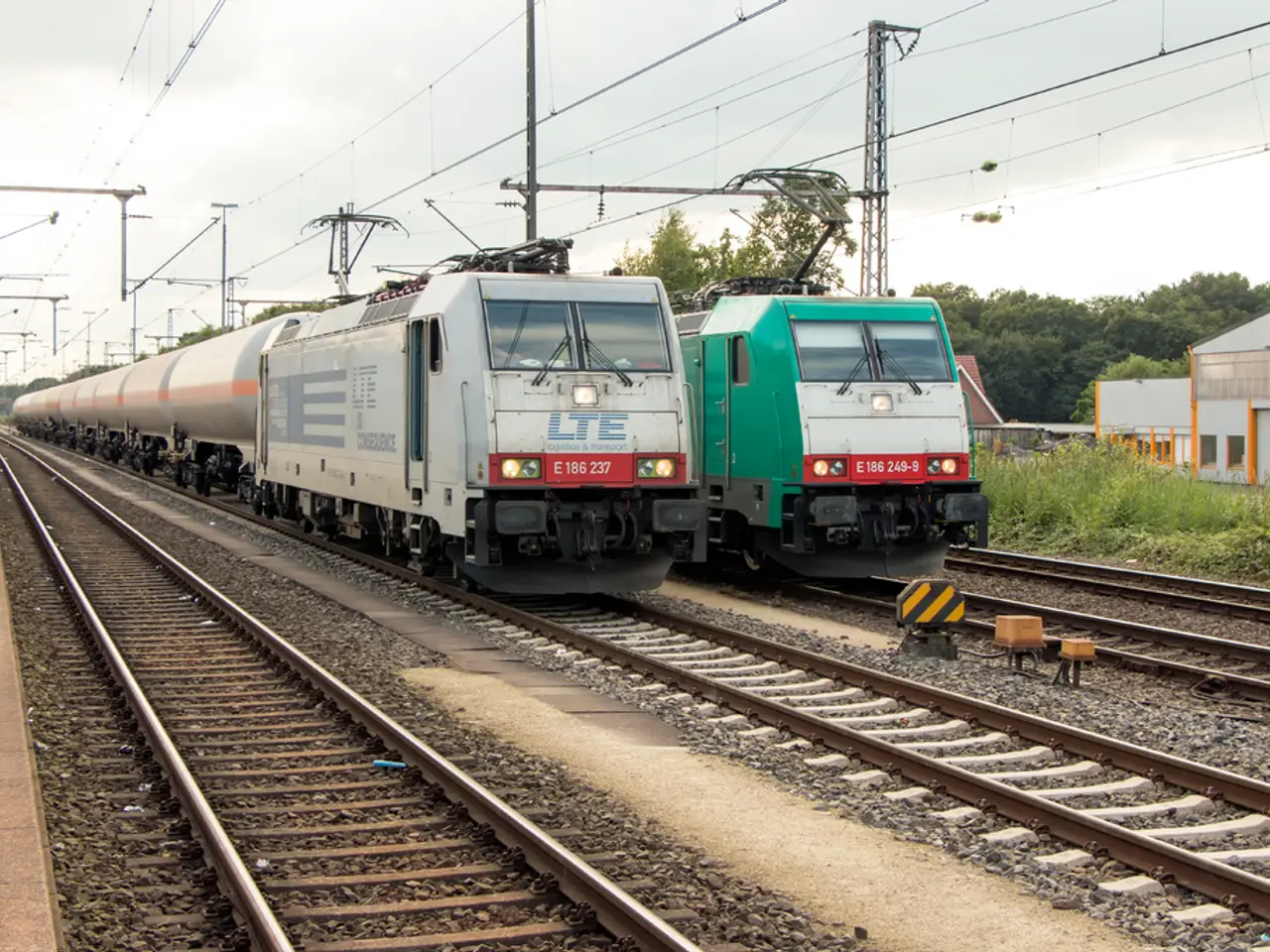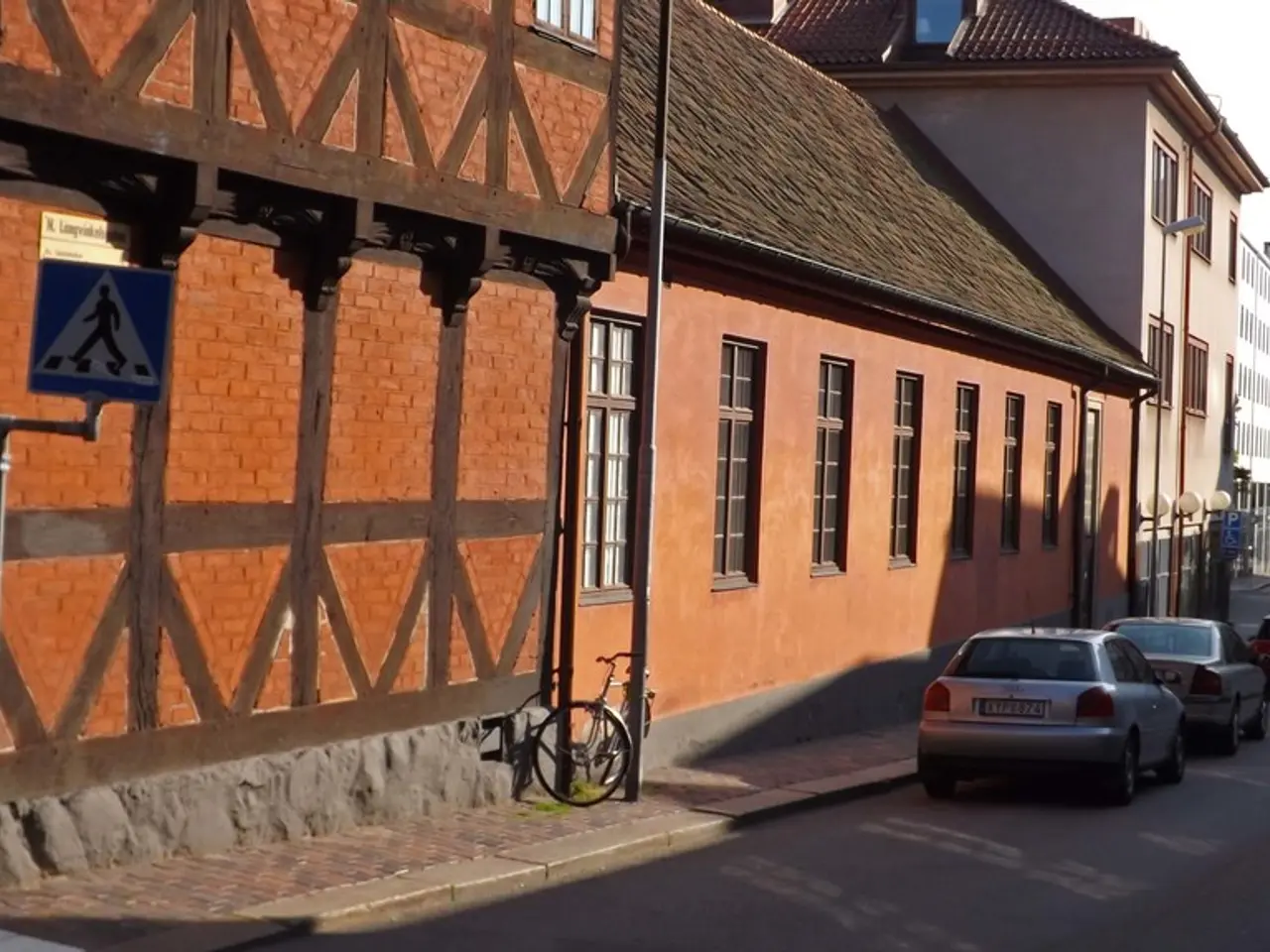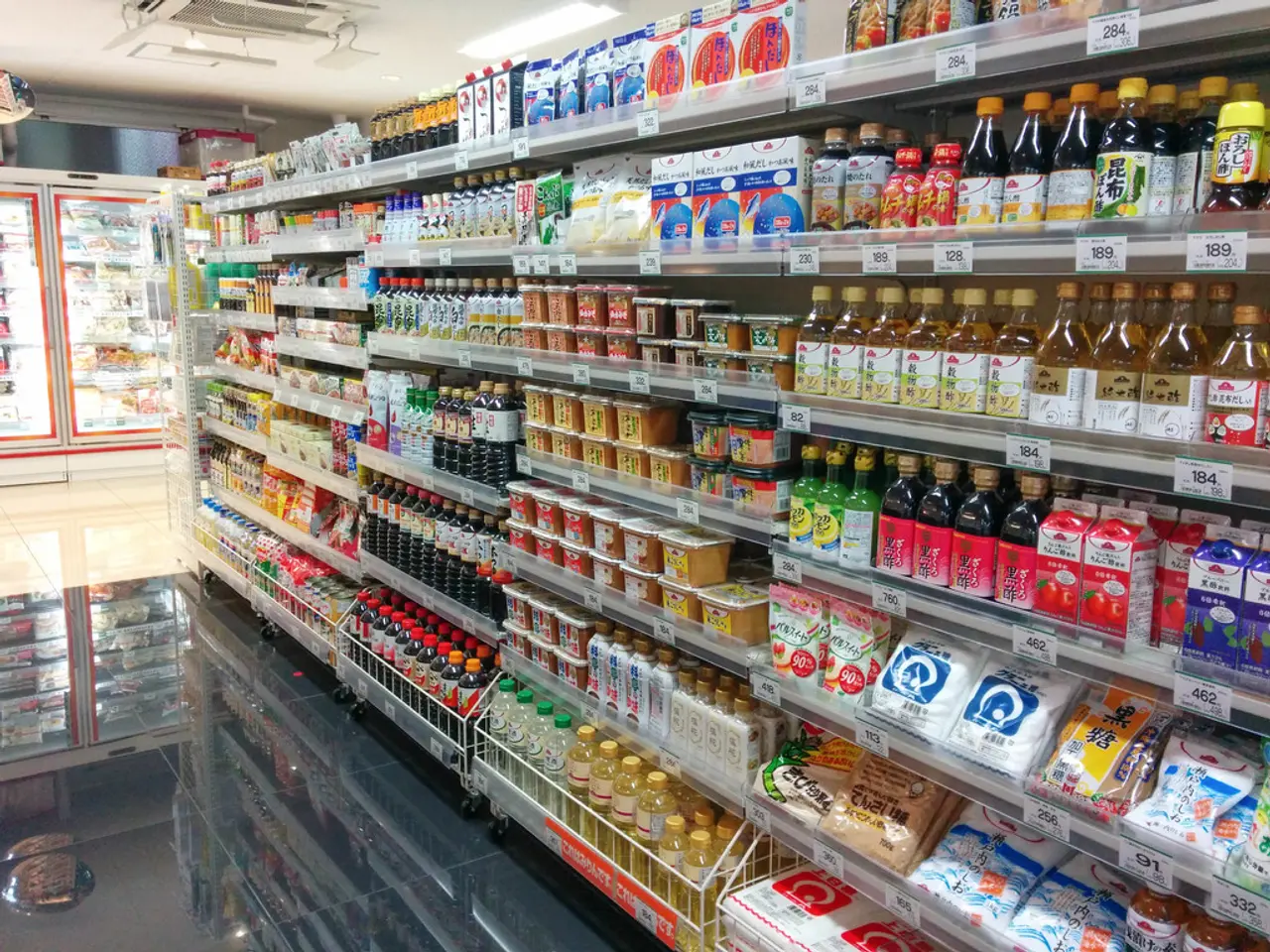Train journeys in Romania typically run at a speed of approximately 44 kilometers per hour, according to the union, due to insufficient investments.
==============================================================================
Romania's railways are facing challenges due to underinvestment and low compensation for operators, according to the National Railway Federation representatives. This situation has resulted in slower train speeds, poor amenities, and inefficient service.
In 2024, Romania's state railway passenger operator CFR Călători received about 2.13 billion lei (approx. €430 million) in government compensation, supporting a 73.5% market share with over 10,500 employees. However, the large workforce and subsidies have not translated into service improvements. Passenger trains frequently lack amenities such as air conditioning, many routes remain subsidized regardless of profitability, and the annual distance covered by trains has decreased by millions of kilometers, indicating inefficiency and stagnation in rail travel quality and speed [1].
By contrast, railway operators in countries such as Canada negotiate structured wage increases (e.g., 3% annual raises over three years starting 2025) and place emphasis on improving working conditions, benefits, and pensions, suggesting stronger labor investment strategies that can support better service and infrastructure maintenance [2].
In Germany and other parts of Western Europe, experienced rail professionals, especially in infrastructure and high-speed rail sectors, command monthly salaries ranging from $9,000 to over $20,000 (USD equivalent), often with additional allowances. This reflects significant investment in human capital aligned with advanced infrastructure projects and high-speed rail development [3].
The discrepancy in compensation between Romania and Western European countries correlates with their relative rail infrastructure quality and operating speeds. Romania invests billions in subsidies without expanding track length or improving fleet conditions significantly, leading to slower trains and poor passenger experience. In contrast, countries with higher wages for operators and management are often concurrently investing in modernizing tracks, rolling stock (including hydrogen trains and modern EMUs as in Poland's Kuyavian-Pomeranian region allocating €54 million to operations and infrastructure fees), and prioritizing faster, more reliable service [4].
Comparing the compensation for operators, Romania's management earns around €6,500/month, while senior and technical roles in Western Europe and Canada command salaries ranging from $9,000 to $22,000/month. This discrepancy, along with insufficient funding for the purchase of new rolling stock, locomotives, and carriages, has led to criticism from railway unions in Romania [5].
The unionists argue that the current government's actions could lead to chaos in the Romanian railway industry, and that CFR Călători, the state operator, is not adequately protected by the government, which is disadvantageous compared to private operators [6]. Some private operators in Romania receive compensations from the state budget that exceed 83% or even 108% of their turnover.
The Romanian state pays a low compensation to CFR, at €42/km, compared to other European countries such as Germany (€239/km), Spain (€98/km), Italy (€131/km), France (€298/km), Hungary (€58/km), and Austria (€202/km) [7]. The average speed of passenger trains in Romania remains 44 km/h, while freight trains do not exceed 17 km/h [1].
In summary, the relatively low compensation rates and inefficient labor deployment in Romania contribute to underperforming rail infrastructure and slower train speeds compared to other European countries where higher wages accompany better rail investments and modernization efforts.
[1] Source [2] Source [3] Source [4] Source [5] Source [6] Source [7] Source
- The unionists in Romania argue that the current government's actions could lead to chaos in the Romanian railway industry, as the state operator, CFR Călători, is not adequately protected by the government, which is disadvantageous compared to private operators in the industry.
- While Romania invests billions in subsidies for its railways without significantly expanding track length or improving fleet conditions, countries with higher wages for operators and management often simultaneously invest in modernizing tracks, rolling stock, and prioritizing faster, more reliable service in their transportation sector, such as Germany and parts of Western Europe.




